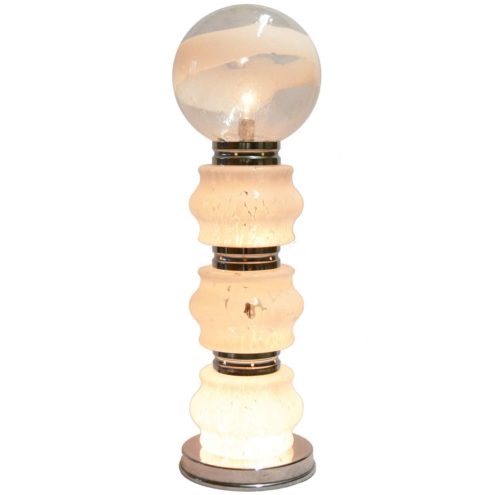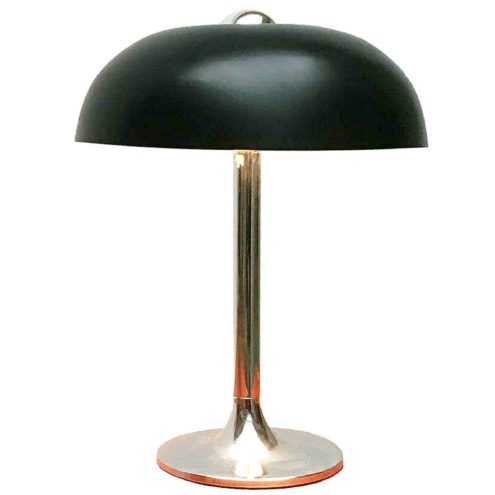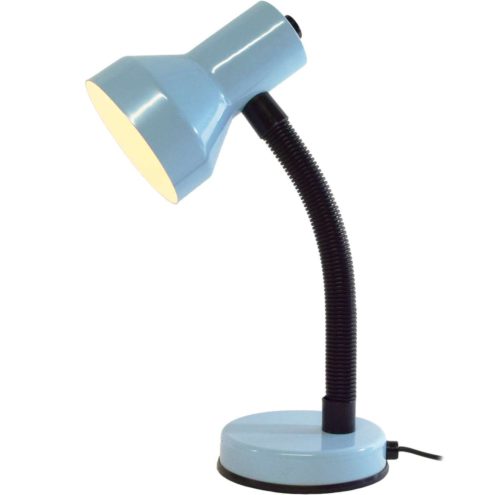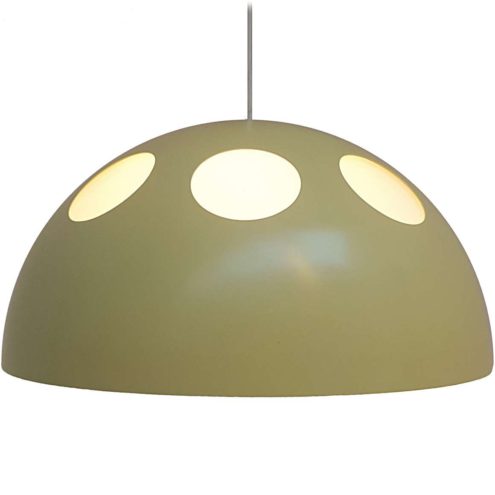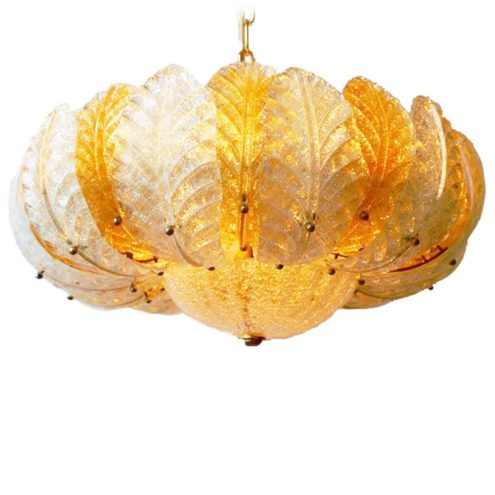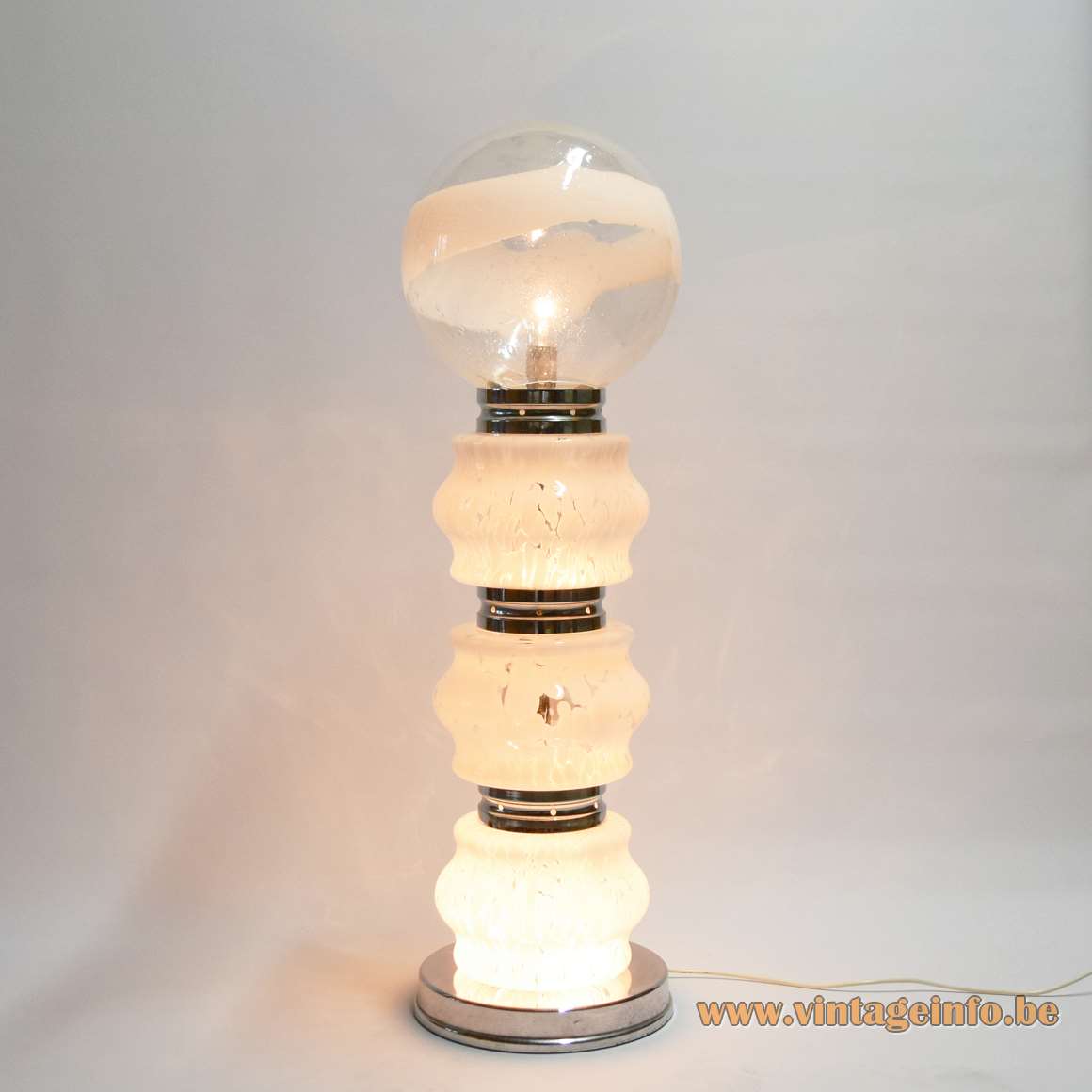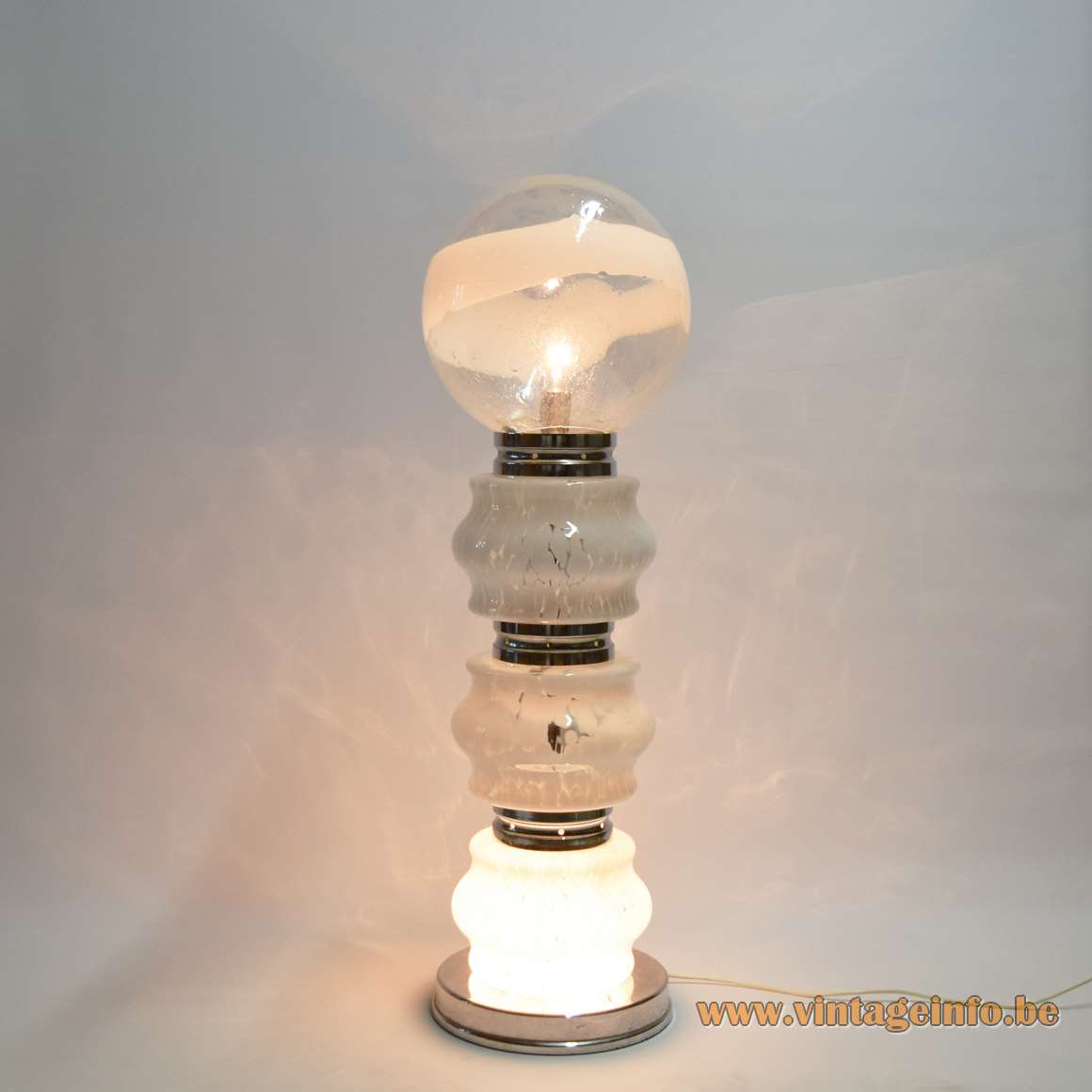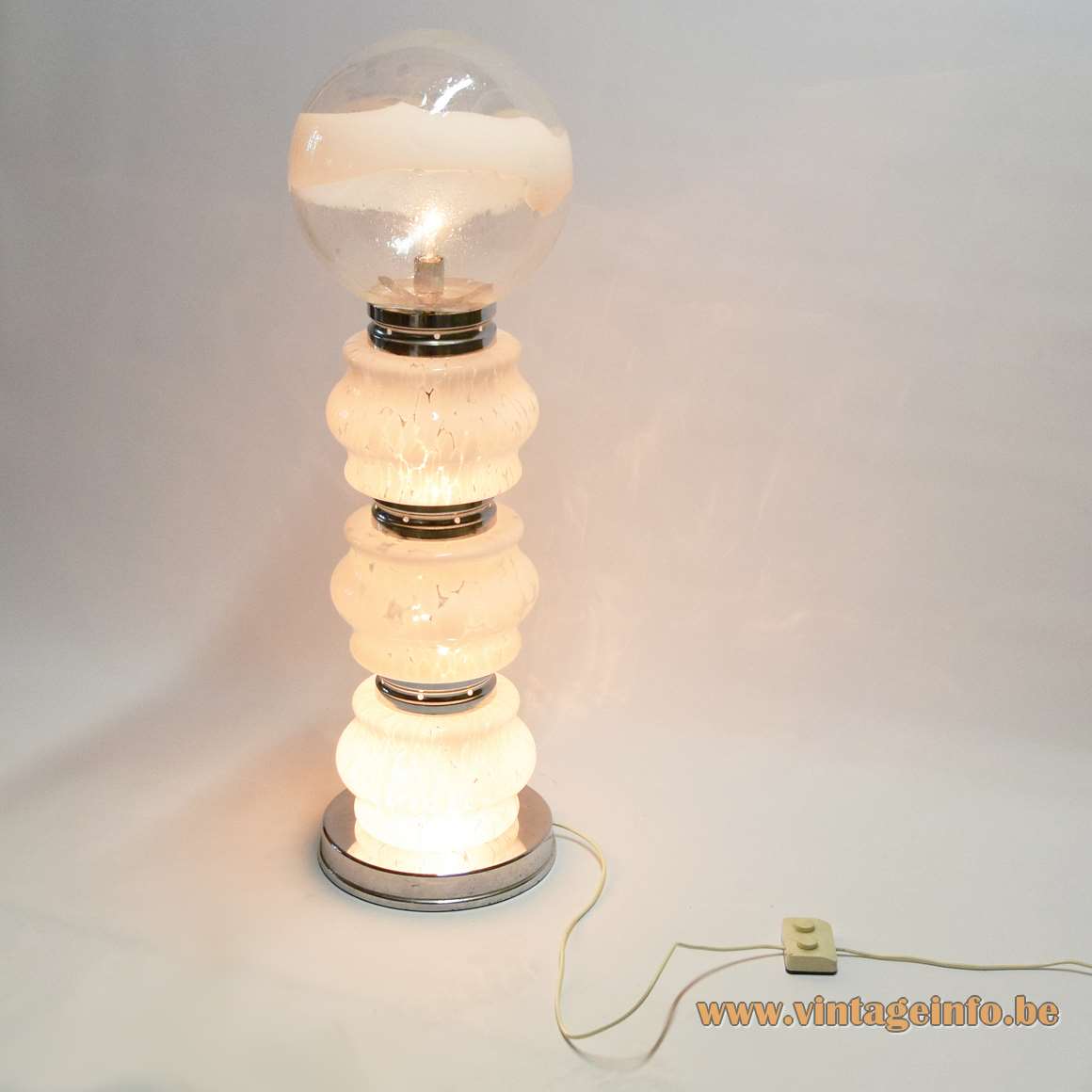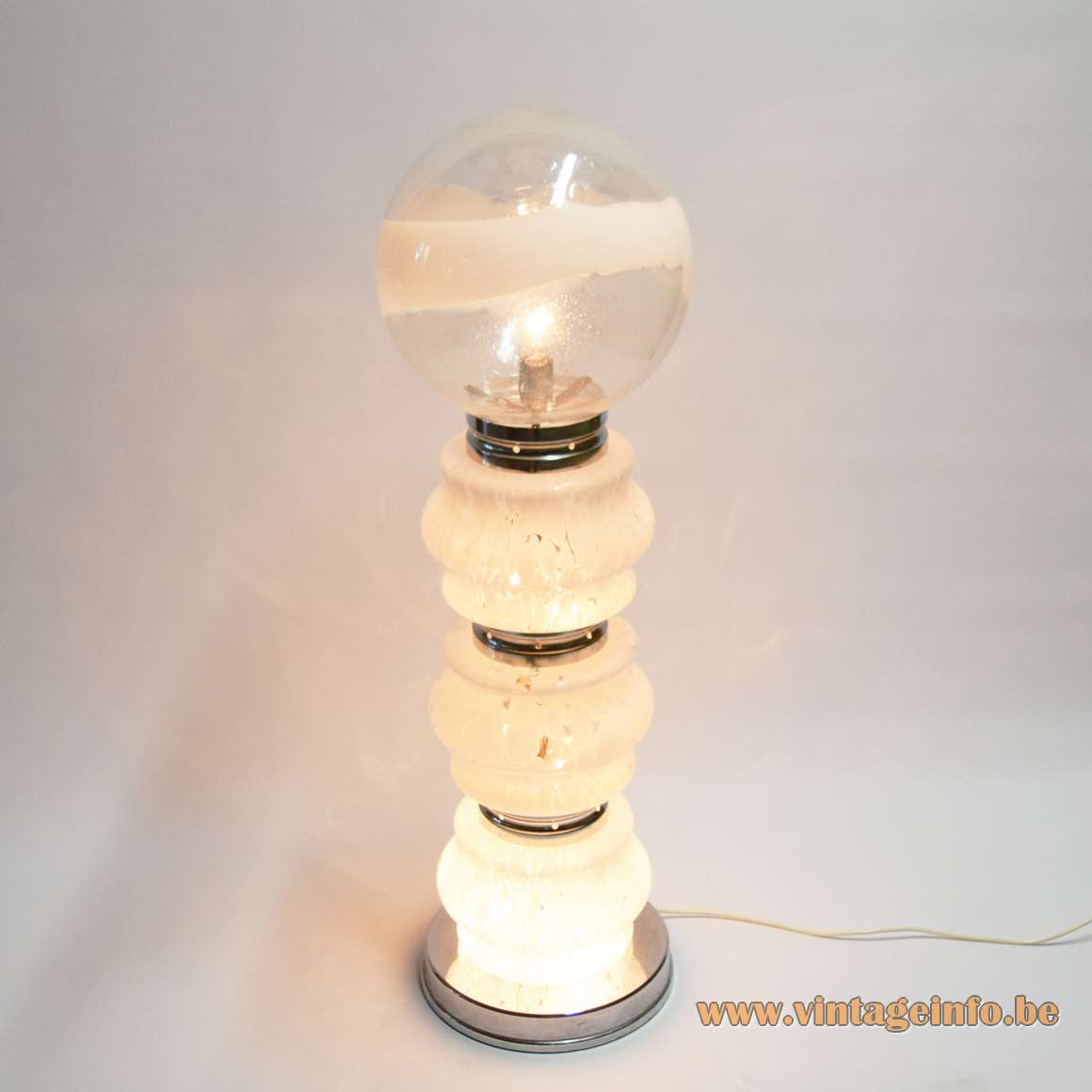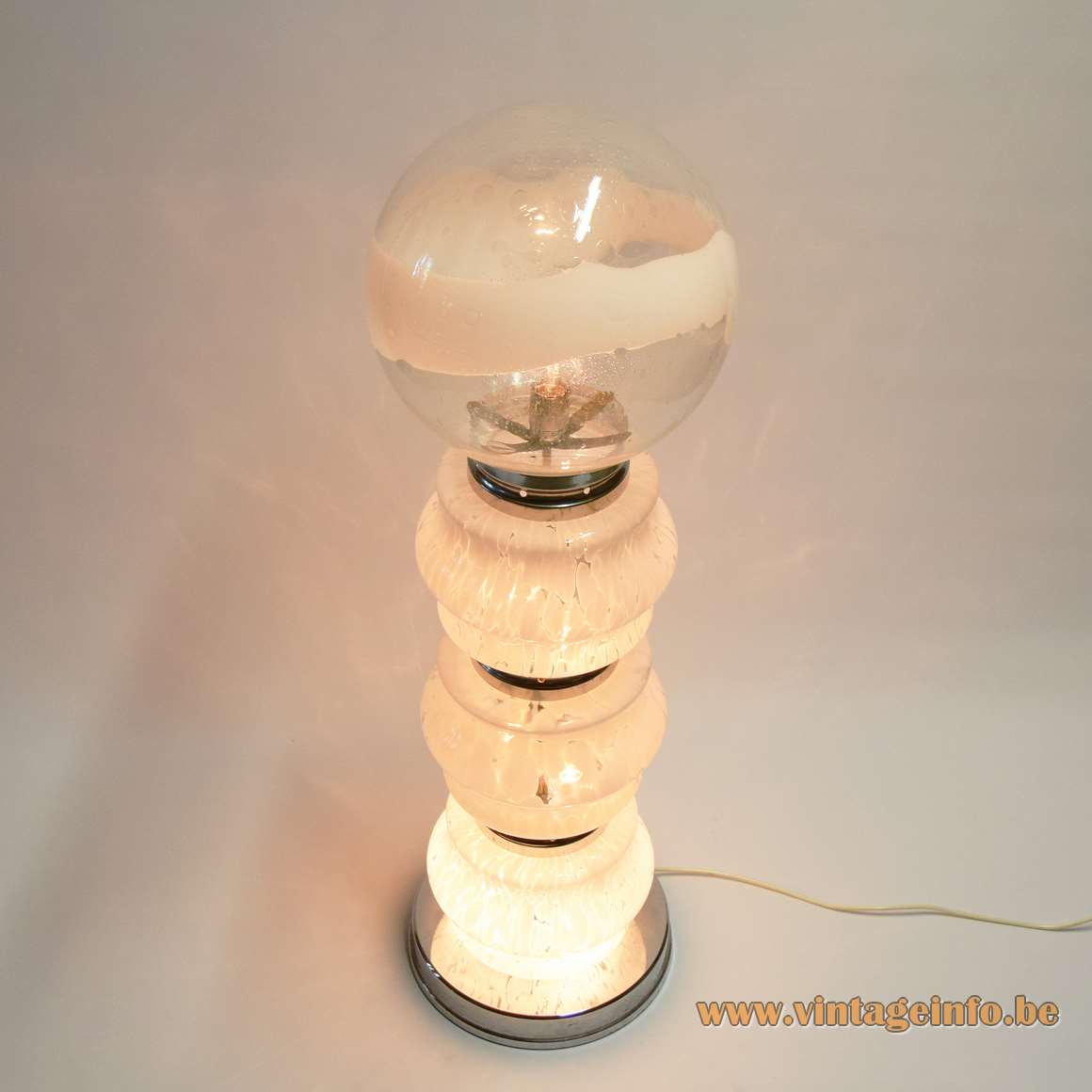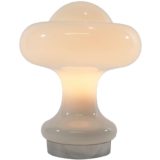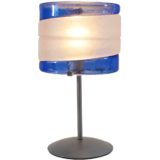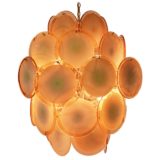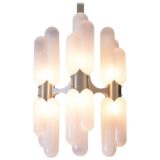Stacked Sculptural Glass Floor Lamp
A huge glass collection somewhere in Belgium. Many glass parts are made in the same way as this floor lamp.
Stacked Sculptural Glass Floor Lamp
Materials: Round chromed metal (iron) base. 3 chrome rings. Metal rod and parts. 3 clear and white mottled hand-blown glass segments & lampshades. Made of two layers of glass. 1 glass globe lampshade. Made of clear and white hand-blown bubble glass (pulegoso). 7 silver painted Bakelite E27 sockets.
Height: 110 cm / 43.30”
Globe: ∅ 34 cm / 13.38”
Base: ∅ 31 cm / 12.20”
Electricity: 7 bulbs E27, 7 x 60 watt maximum, 110/220 volt.
Anytypeof light bulb canbeused, not a specific one preferred. For this setup clear bulbs were used.
Period: 1970s – Mid-Century Modern.
Designer: To be appraised.
Manufacturer: To be determined.
Other versions: This stacked sculptural glass floor lamp exists in many variations, sizes and colours. Also made as a table lamp.
Although everyone says this is AV Mazzega, I haven’t found any evidence of this anywhere. Not in a catalogue, never even a label. Is it a Murano lamp? Or was it made somewhere else?
Do you have an idea? Please let us know through the contact form and help improve the websites exactitude. Your help is much appreciated.
Pulegoso
Italian word taken from the dialect word pulega, which means bubble. The glass is containing numerous bubbles of all sizes, produced by adding bicarbonate/soda, gasoline, or other substances to the glass. The bubbles make the glass semi-opaque and give the surface an irregular texture. The technique was developed in the 1920s by Napoleone Martinuzzi (1892-1977) on the island of Murano, Italy and used for the first time by the famous Venini company.
VLM Components
All the electric parts were made by VLM Components in the 1970s. The company was founded in 1945 in Buccinasco, a small village near Milan, Italy. The company became famous for the switches they produce since 1968, designed by Achille Castiglioni. You can find them over here. VLM is part of the Relco Group, founded in 1967. Today they are the owners of the brands Relco, Leuci, Relco Lighting, VLM and Segno.
This AV Mazzega floor lamp is equiped with the double single pole foot switch model D-662 from VLM. It was also designed by Achille Castiglioni in 1968 and is still in production (2017). The top, bottom and middle parts of this floor lamp can switched on independently.
Murano Glass Lamps
Murano has long been synonymous with the finest glassmaking in the world. Beyond vases, sculptures, and decorative objects, the island’s glassmakers also became pioneers in lighting design.
From the 1950s through the 1980s, Murano workshops produced a wide variety of glass lamps: table and floor lamps, wall sconces, and chandeliers in countless forms. Some were delicate and traditional, others bold and modernist, but all carried the unmistakable quality of Venetian craftsmanship.
The uniqueness of Muran o lighting lies in the mastery of techniques passed down through generations: sommerso layering, murrine patterns, avventurina sparkles, and refined crystal-clear glass. Combined with the imagination of Italian designers, these skills transformed simple glass into luminous works of art.
It is important to note that only lamps made on the island of Murano itself can rightfully be called “Murano glass.” Factories in nearby towns or on the mainland often produced very similar models, sometimes almost indistinguishable in style, but those pieces are not authentic Murano creations. Just one village further, and the result is merely “Murano style.”
Murano – The Island of Glass
Murano, a small island in the Venetian lagoon, has been the world capital of glassmaking since the late Middle Ages. For centuries, its furnaces supplied Europe with the most refined crystal and innovative techniques. By the 20th century, Murano glass had entered the modern era, with lighting design becoming one of its most celebrated expressions.
Among the most important Murano lighting manufacturers are:
Venini – avant-garde glass and collaborations with leading designers.
AV Mazzega – creators of many mid-century modern icons.
La Murrina – strong colors and bold post-war design.
Vistosi – blending tradition with modern designers.
Barovier & Toso – centuries of tradition and refined chandeliers.
Together, these manufacturers shaped Murano ’s reputation not only as a guardian of tradition but also as a leader in 20th-century design. Authentic Murano lamps remain highly collectible and admired worldwide — luminous reminders that true Murano glass can only come from Murano itself.
